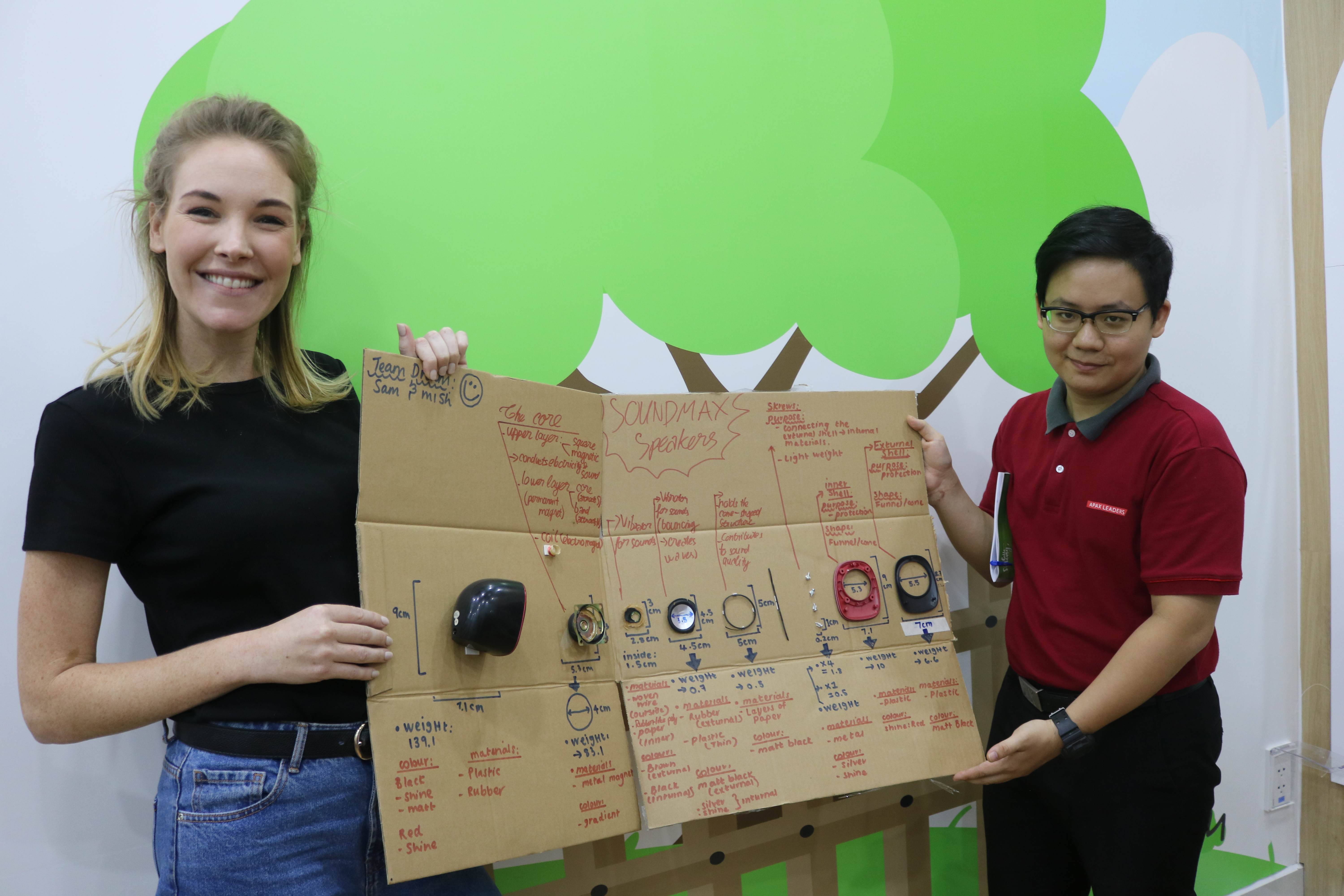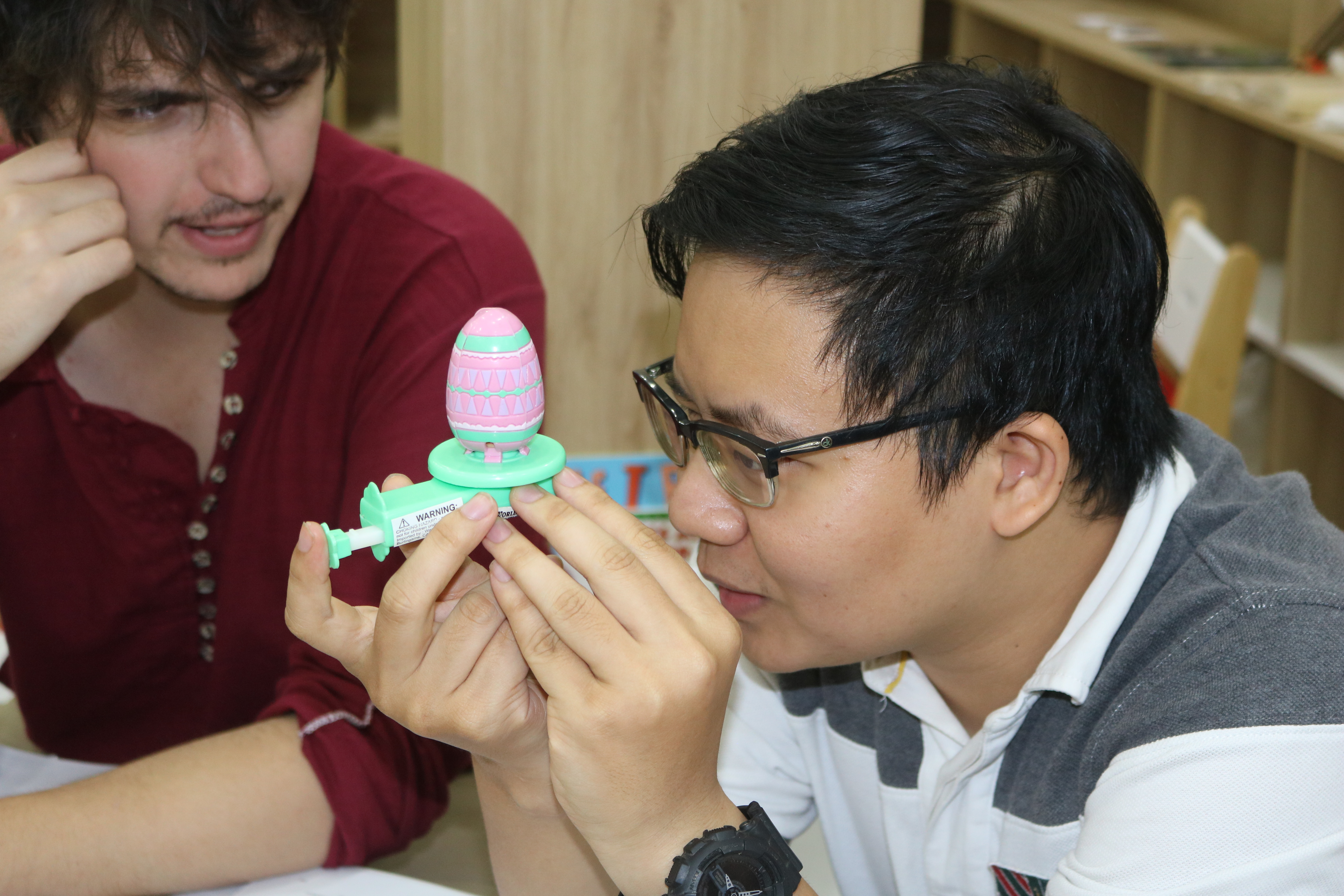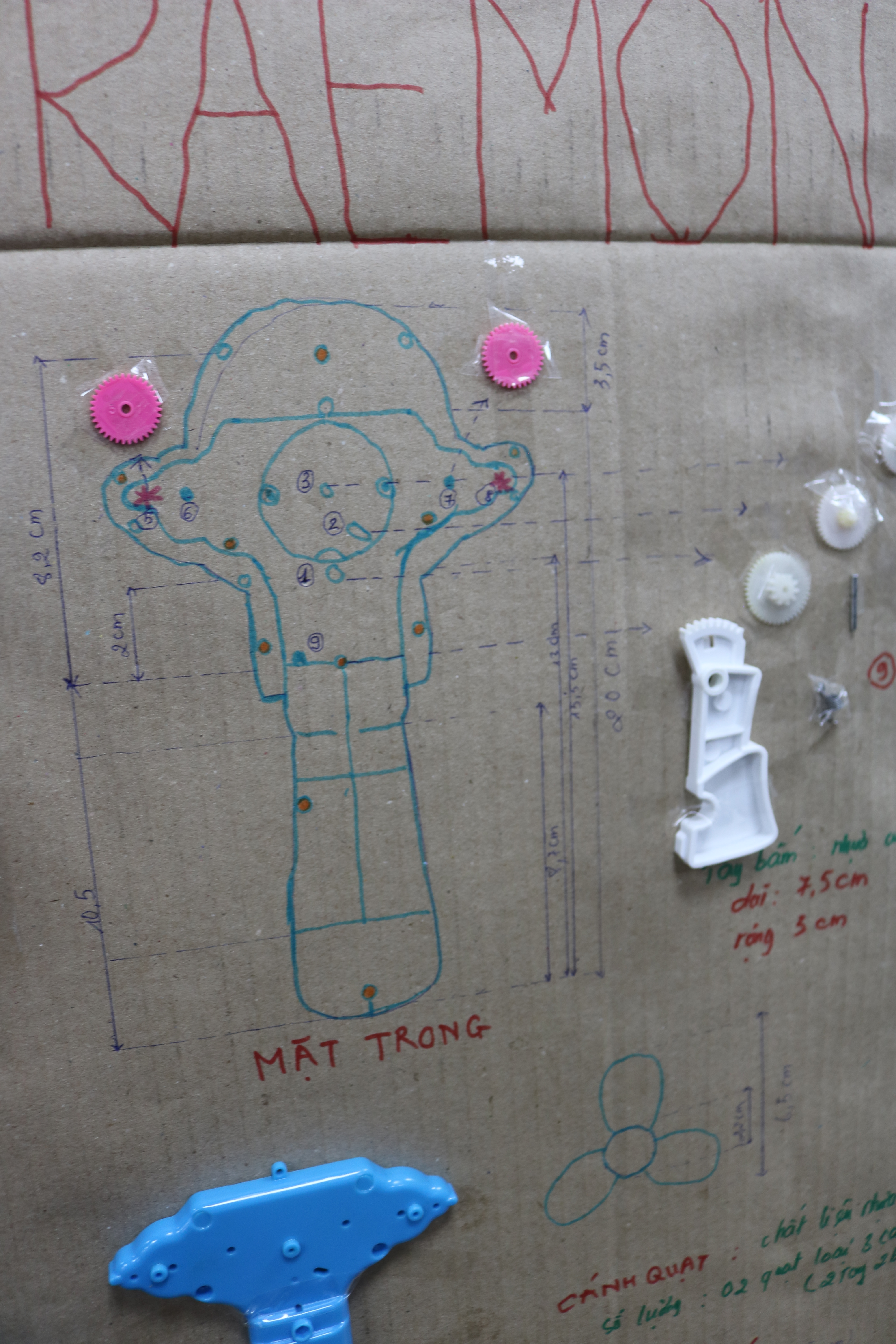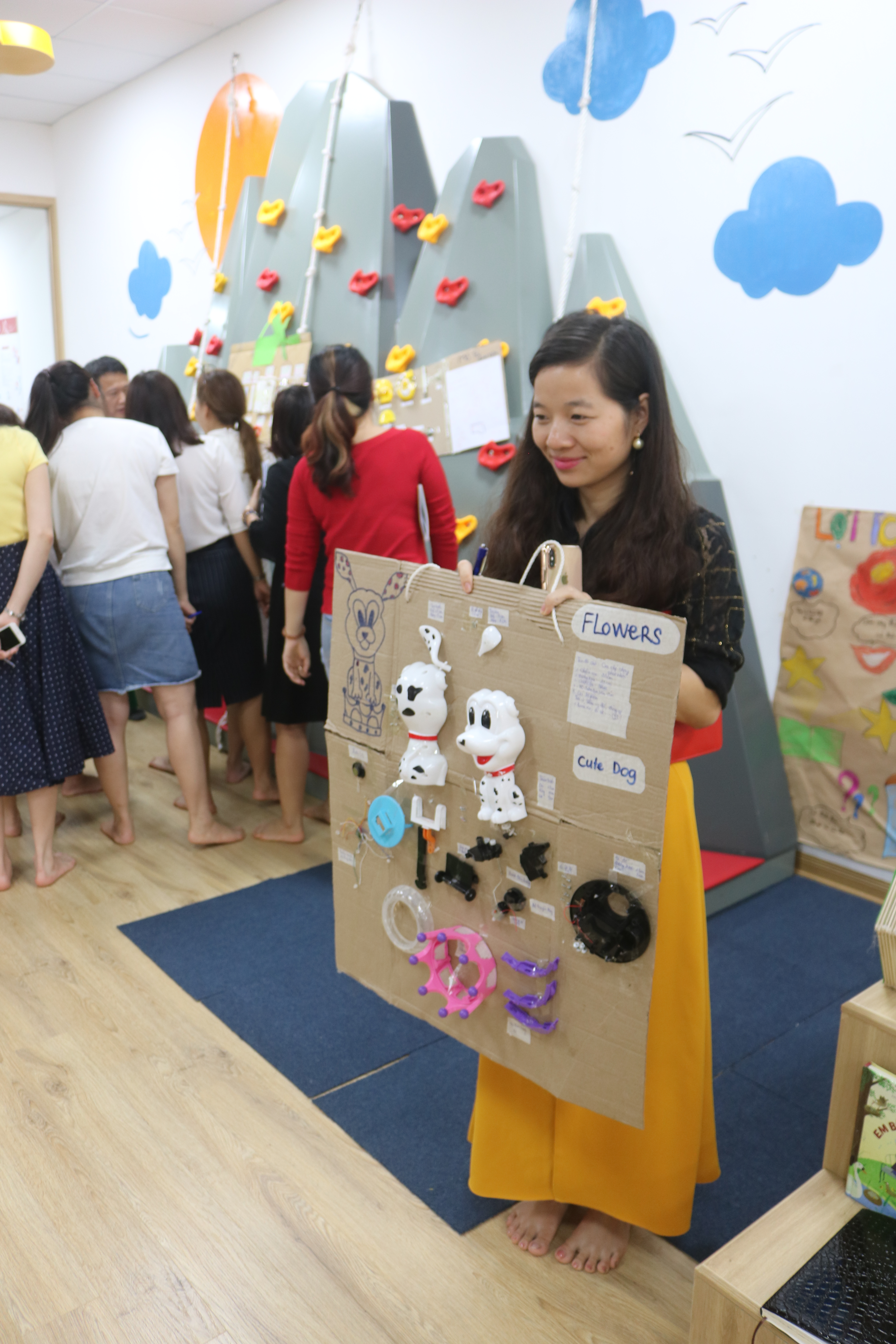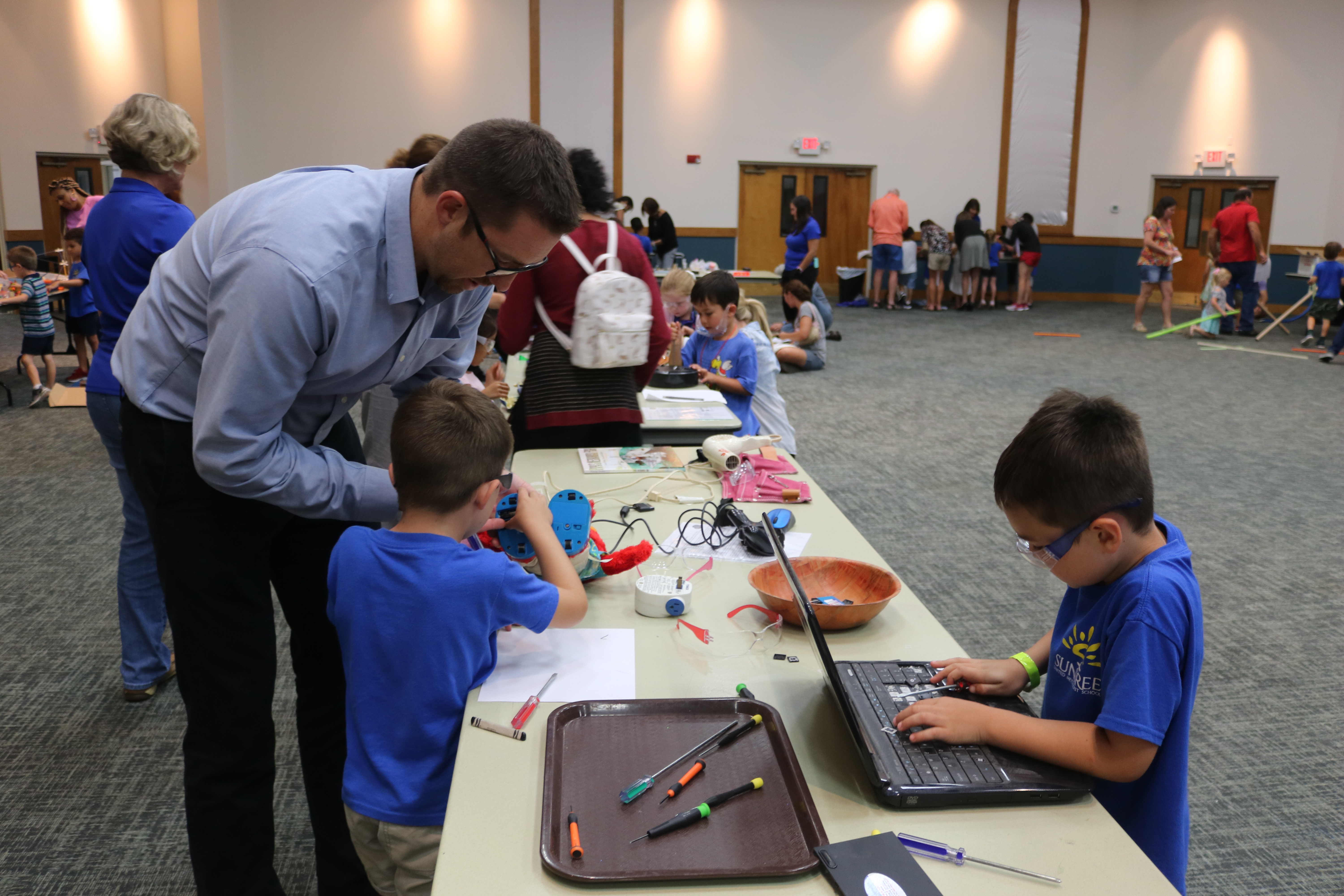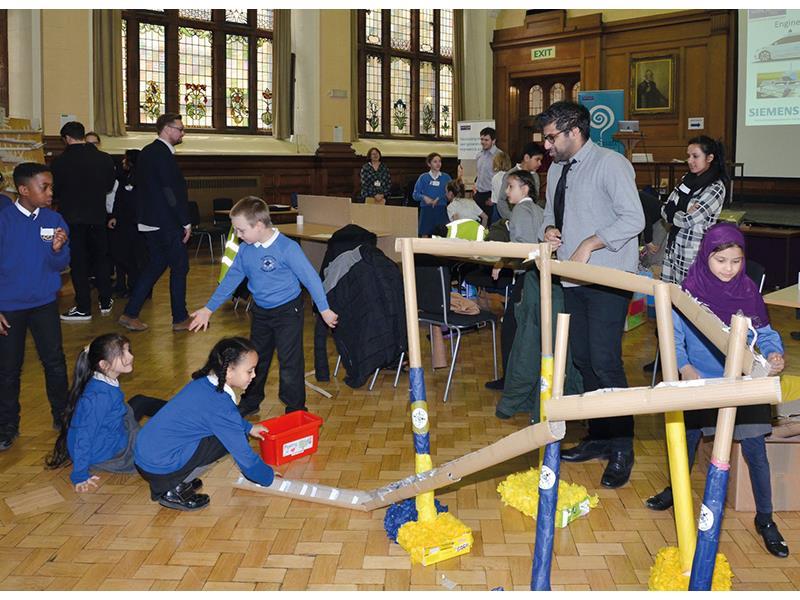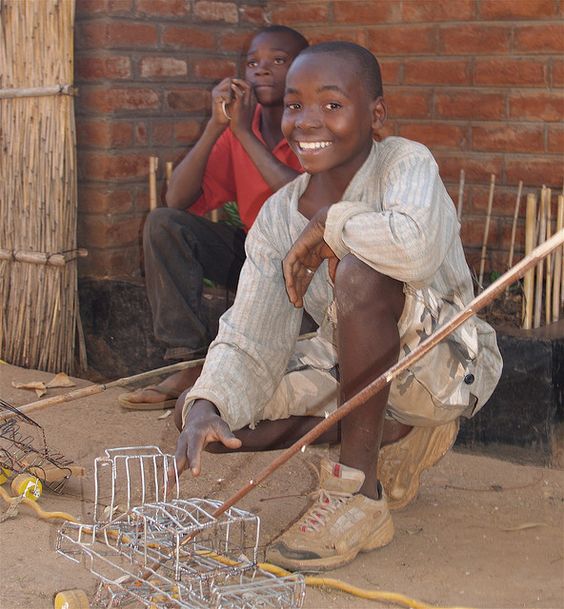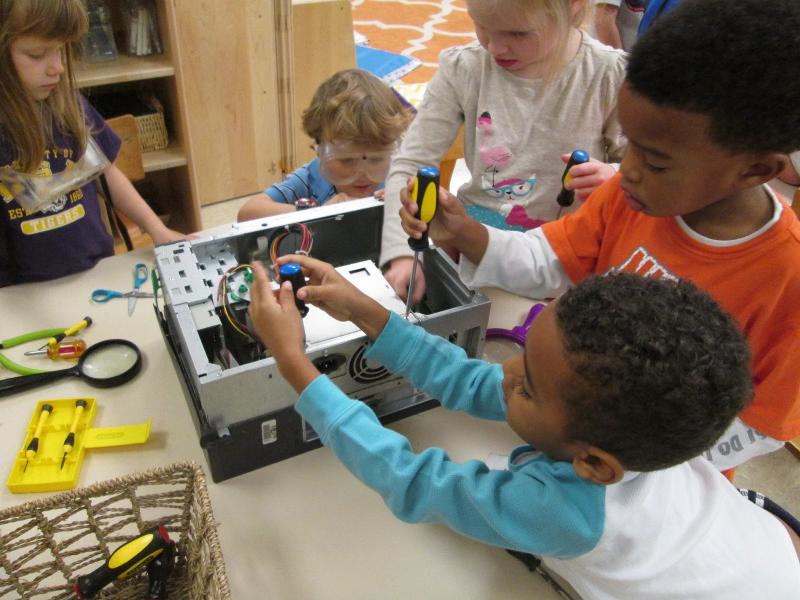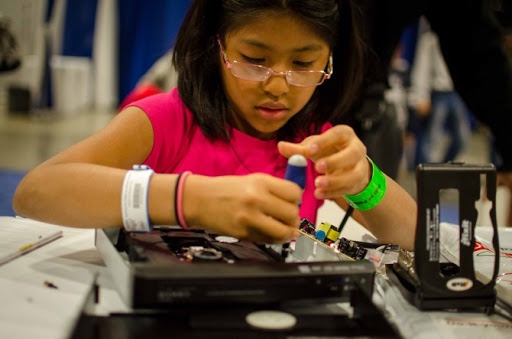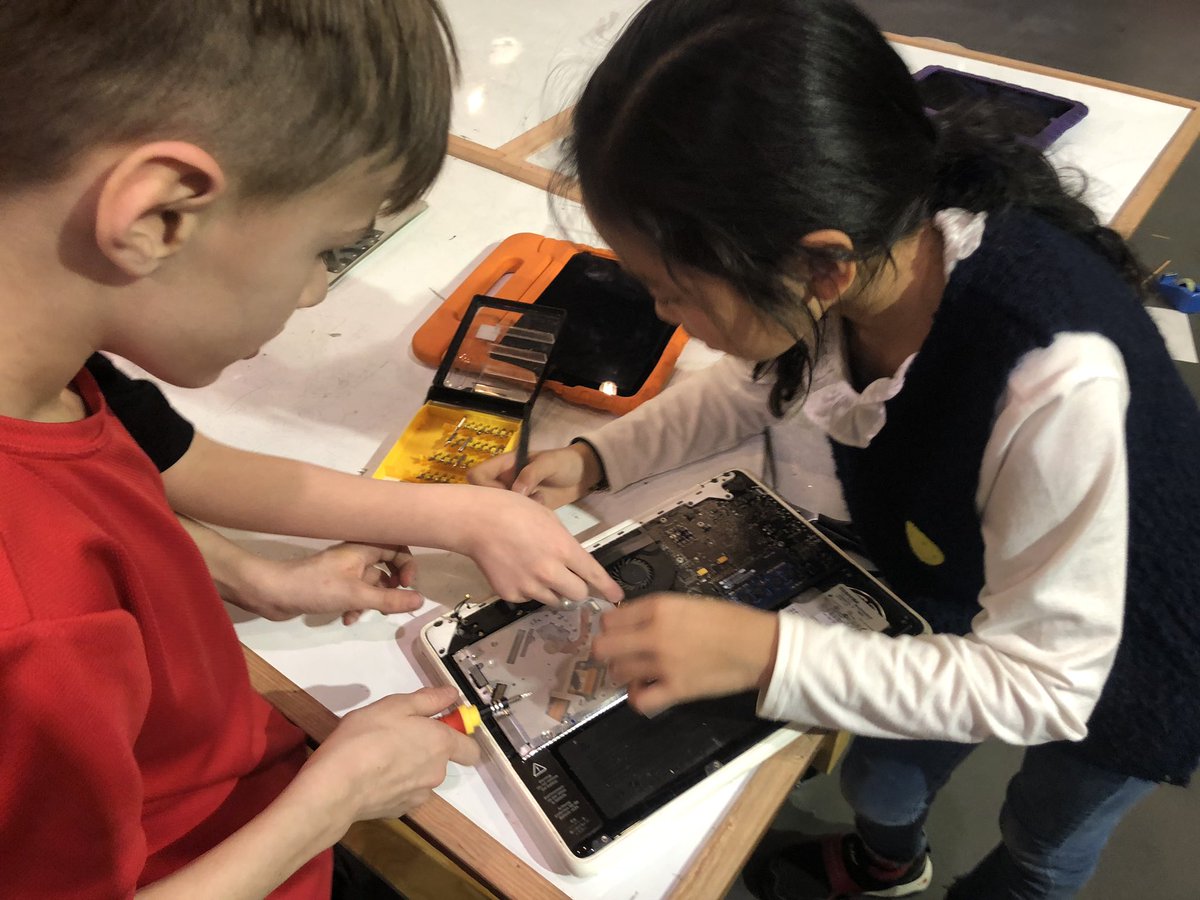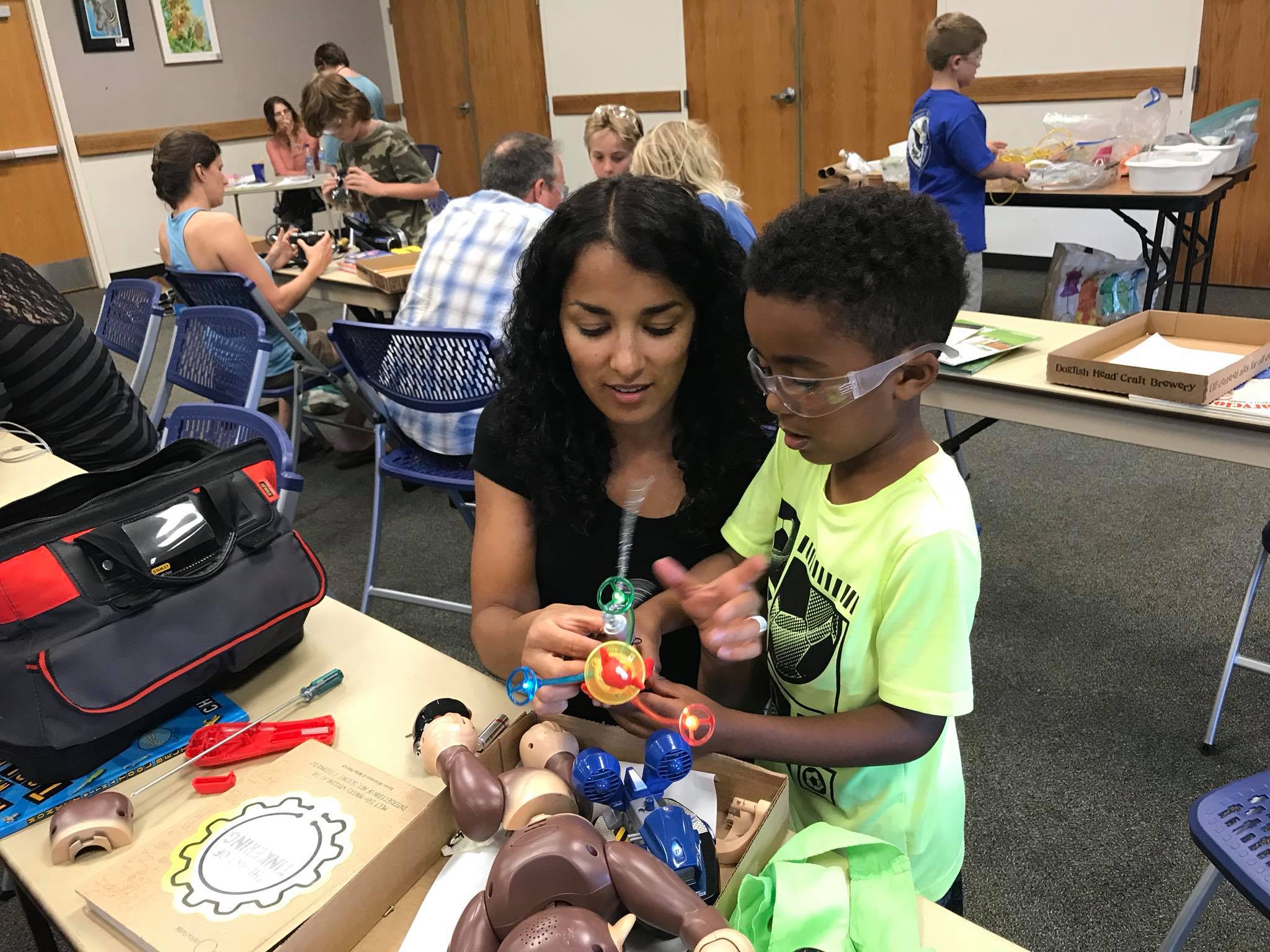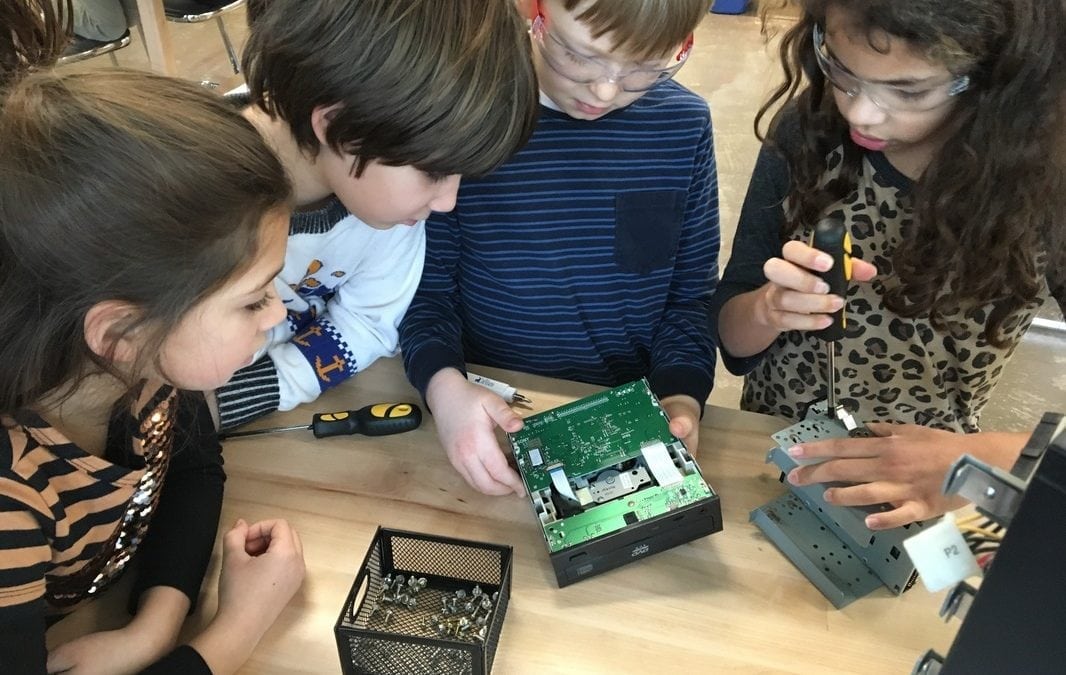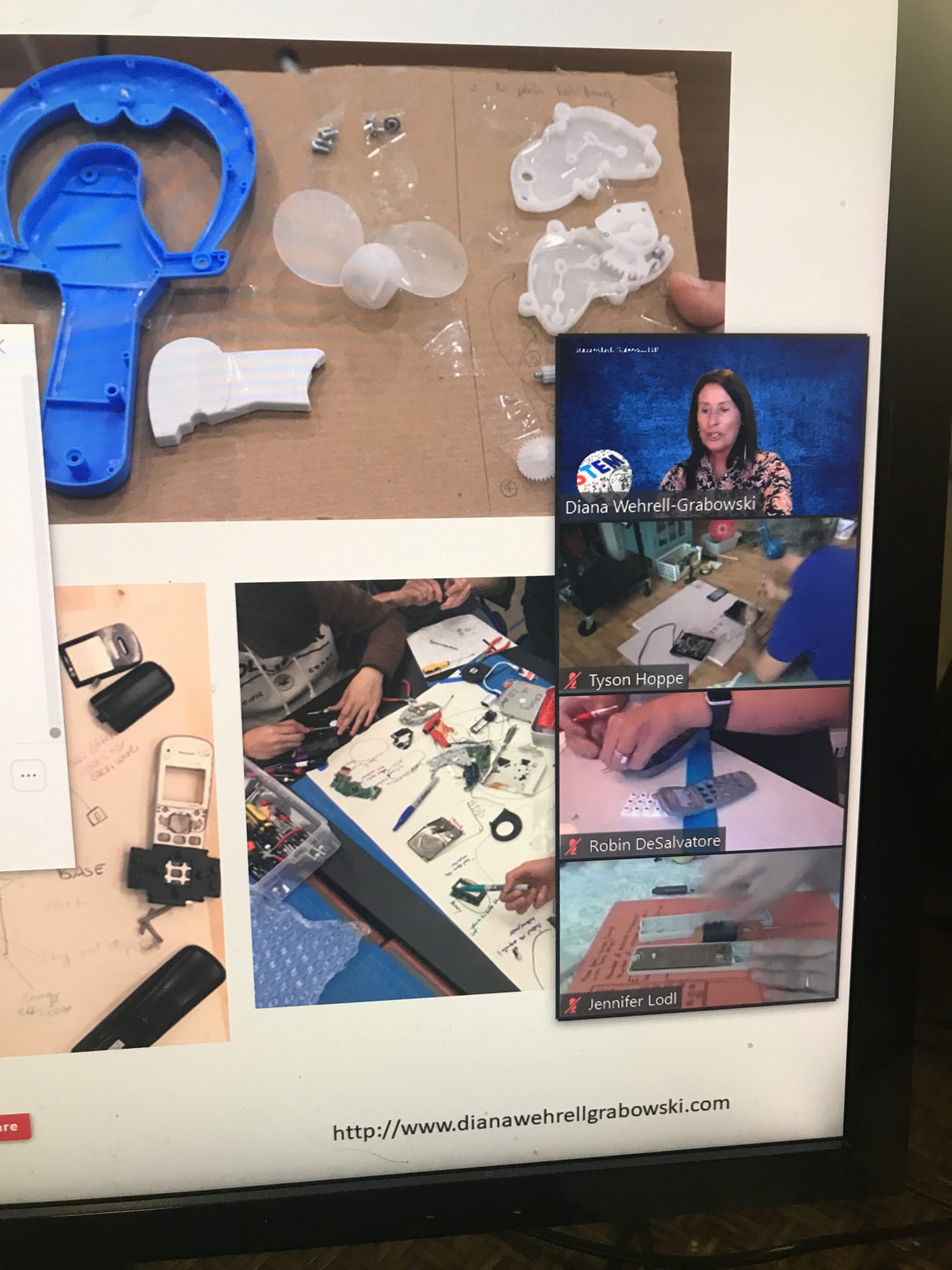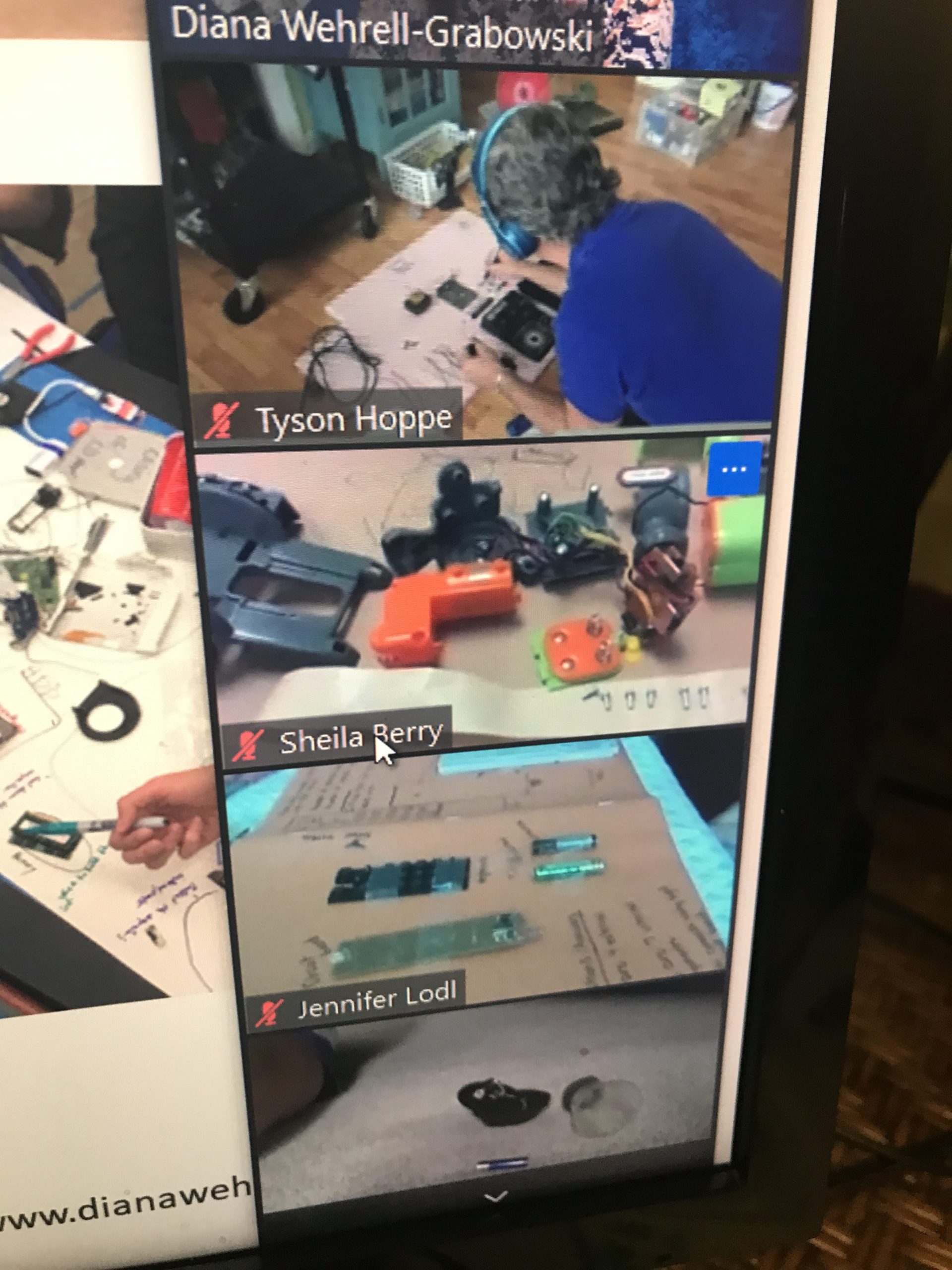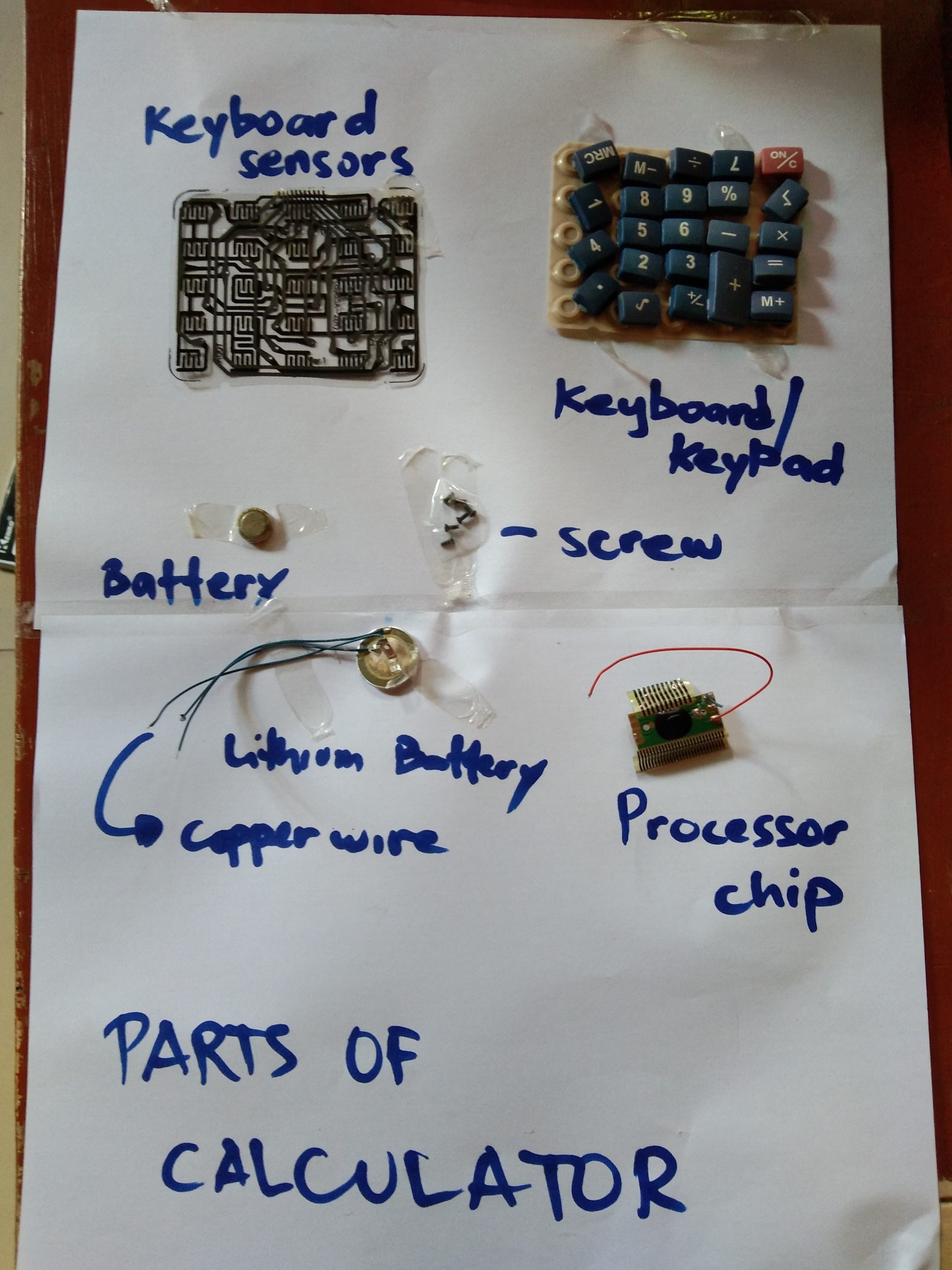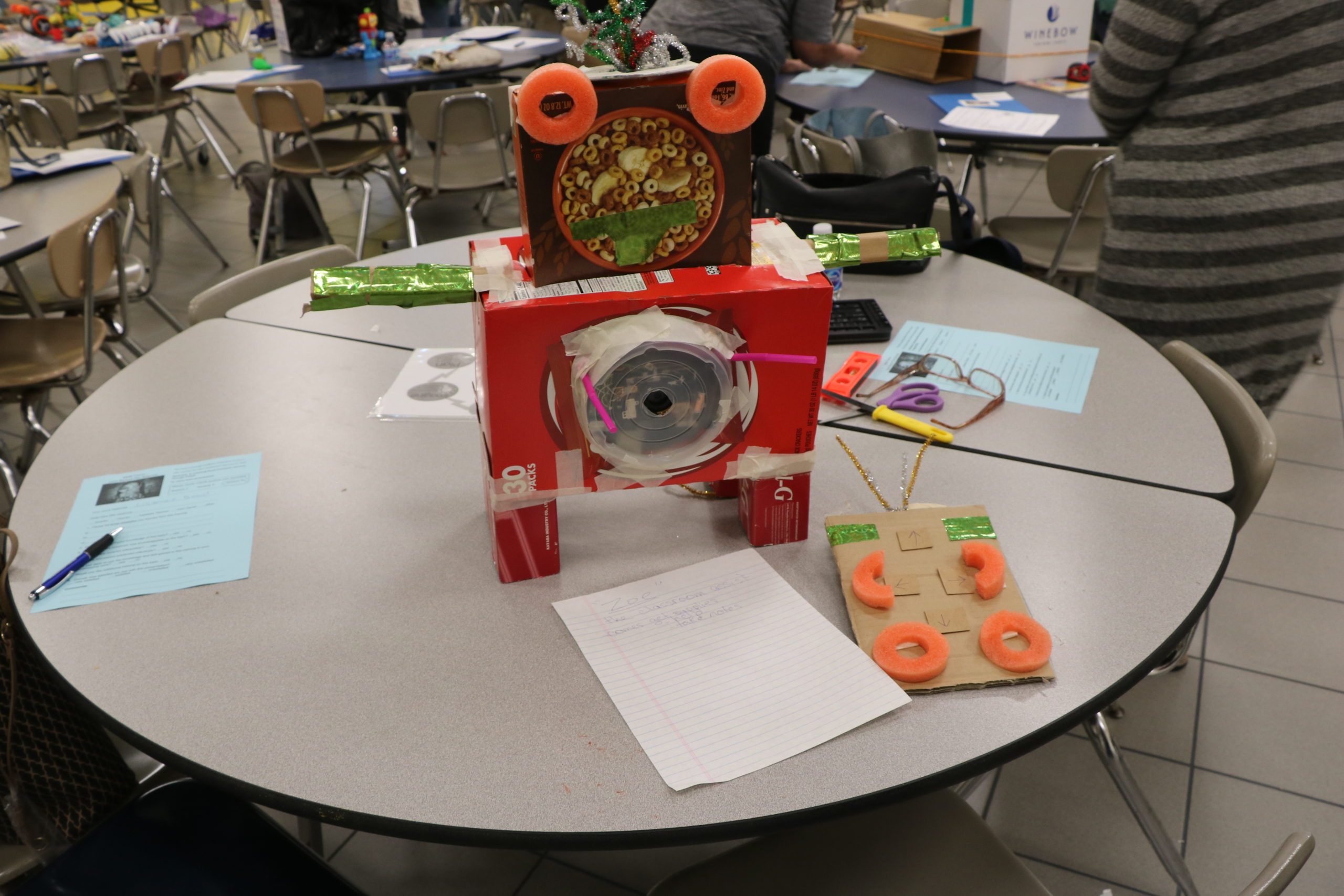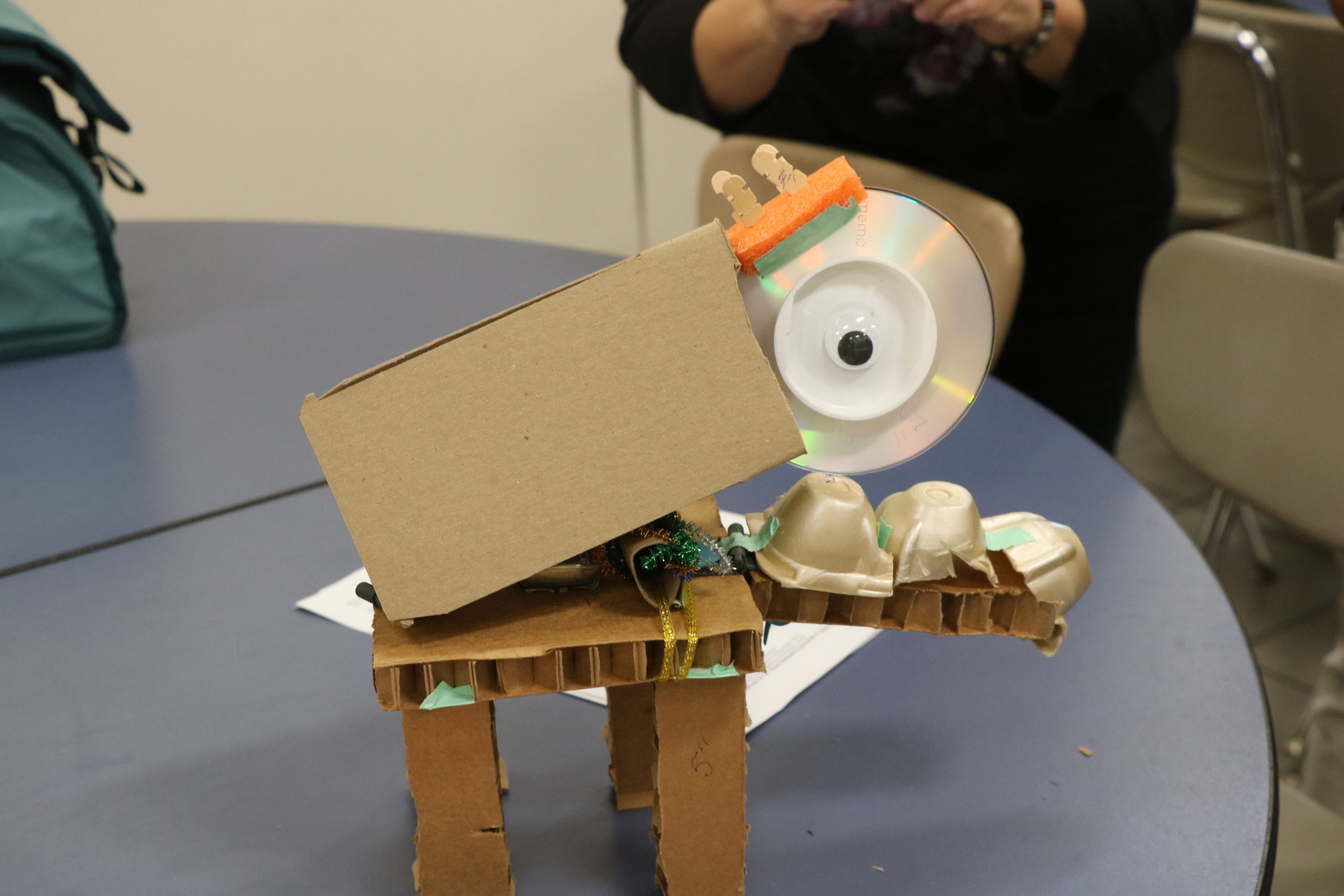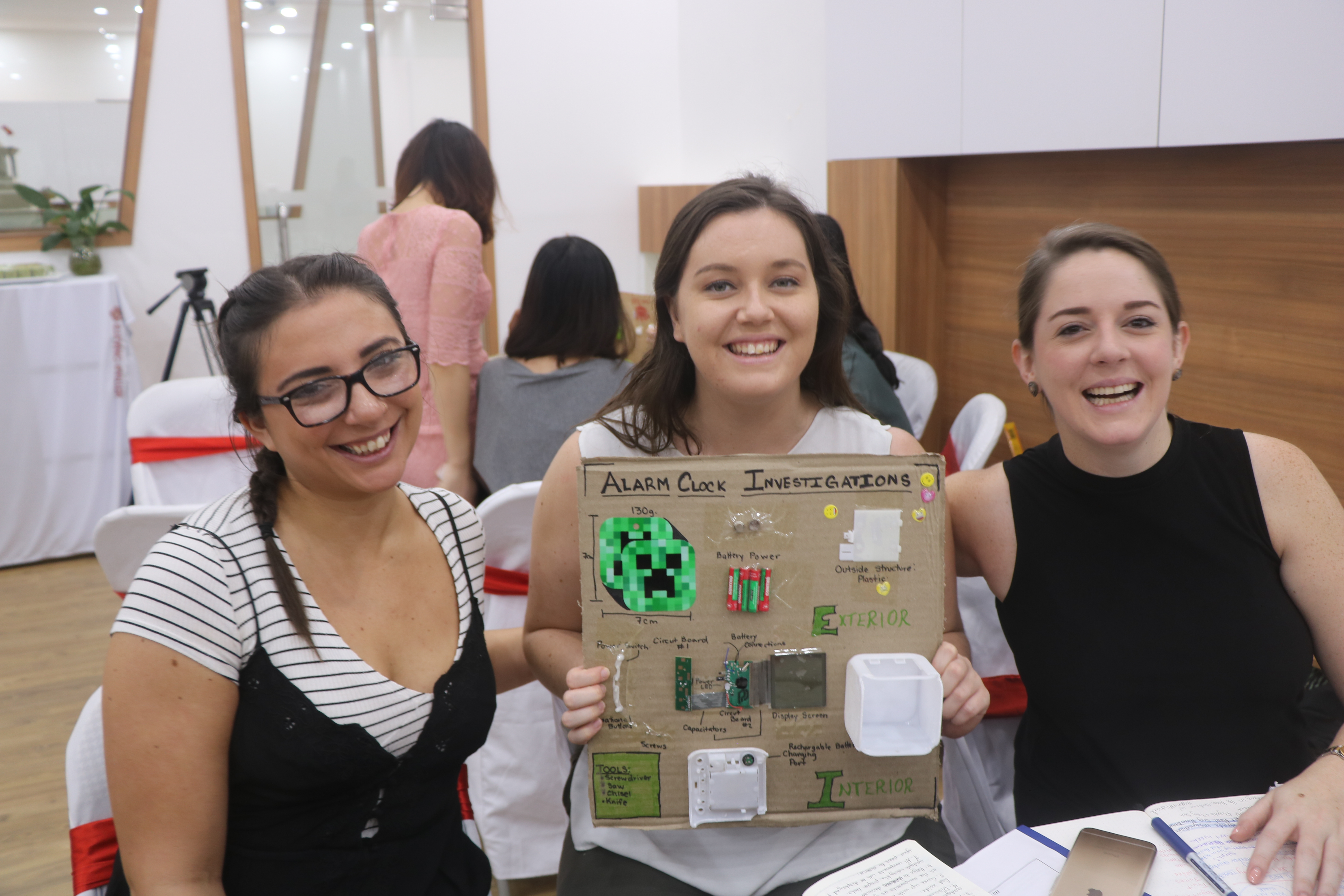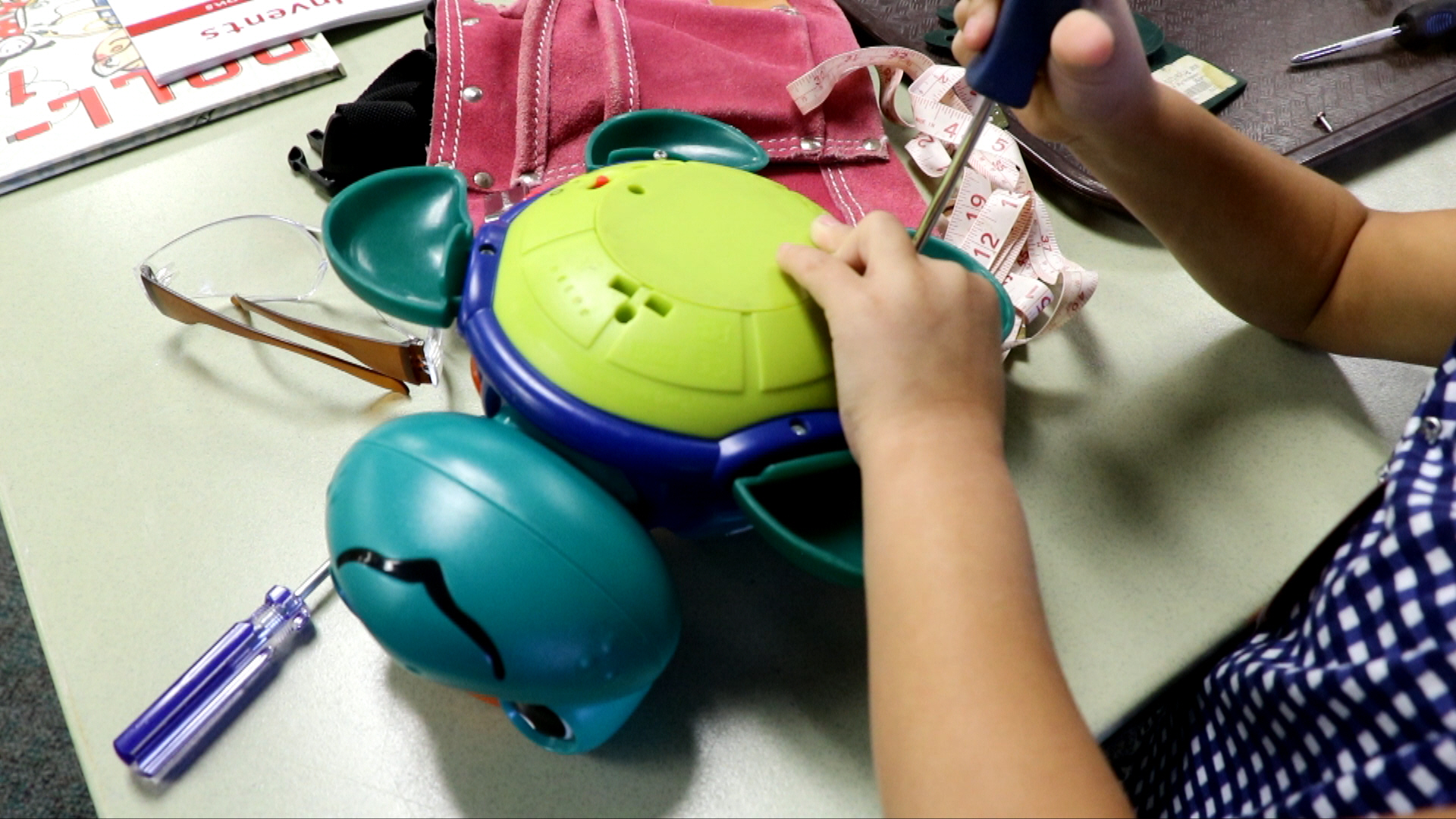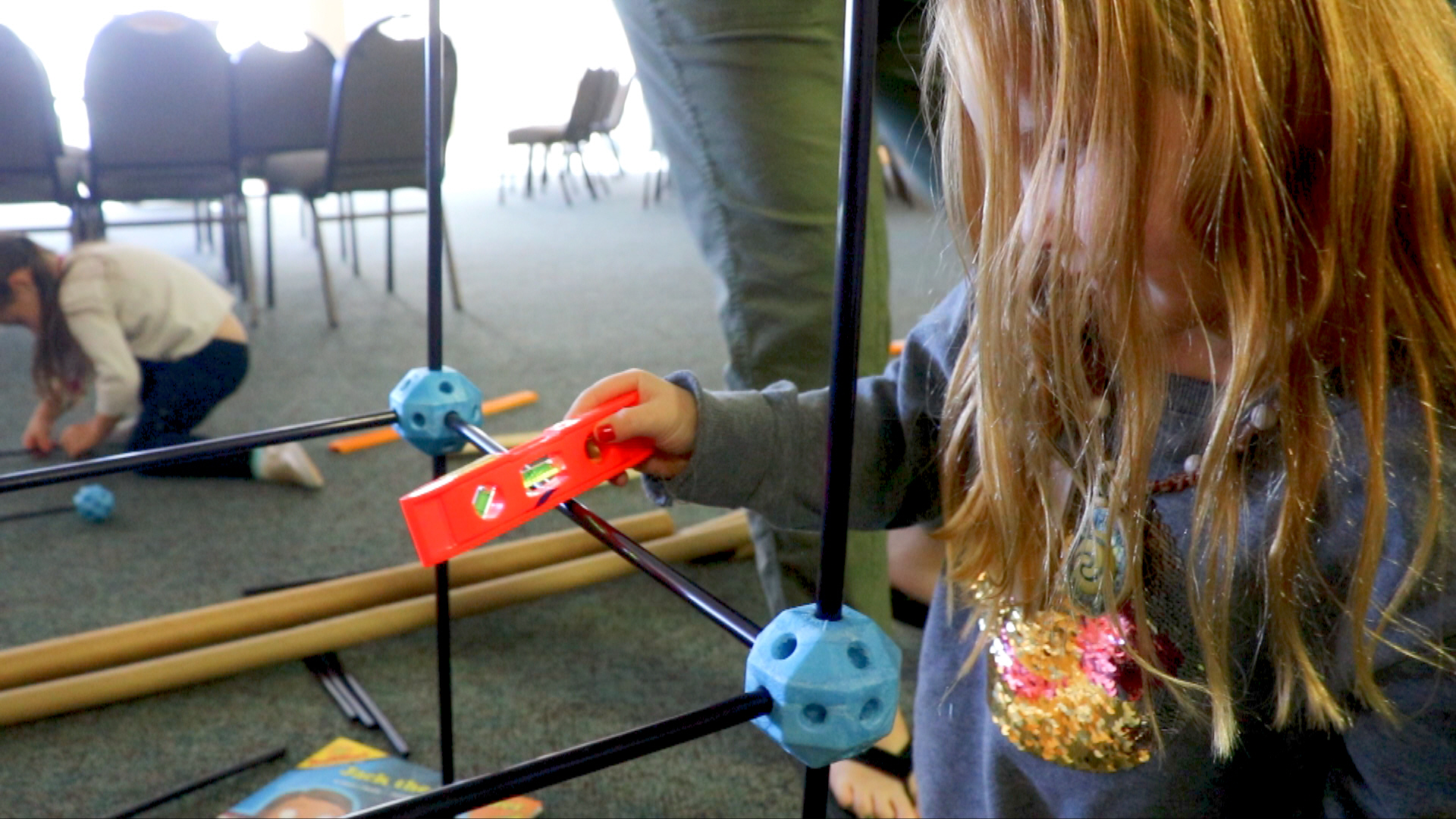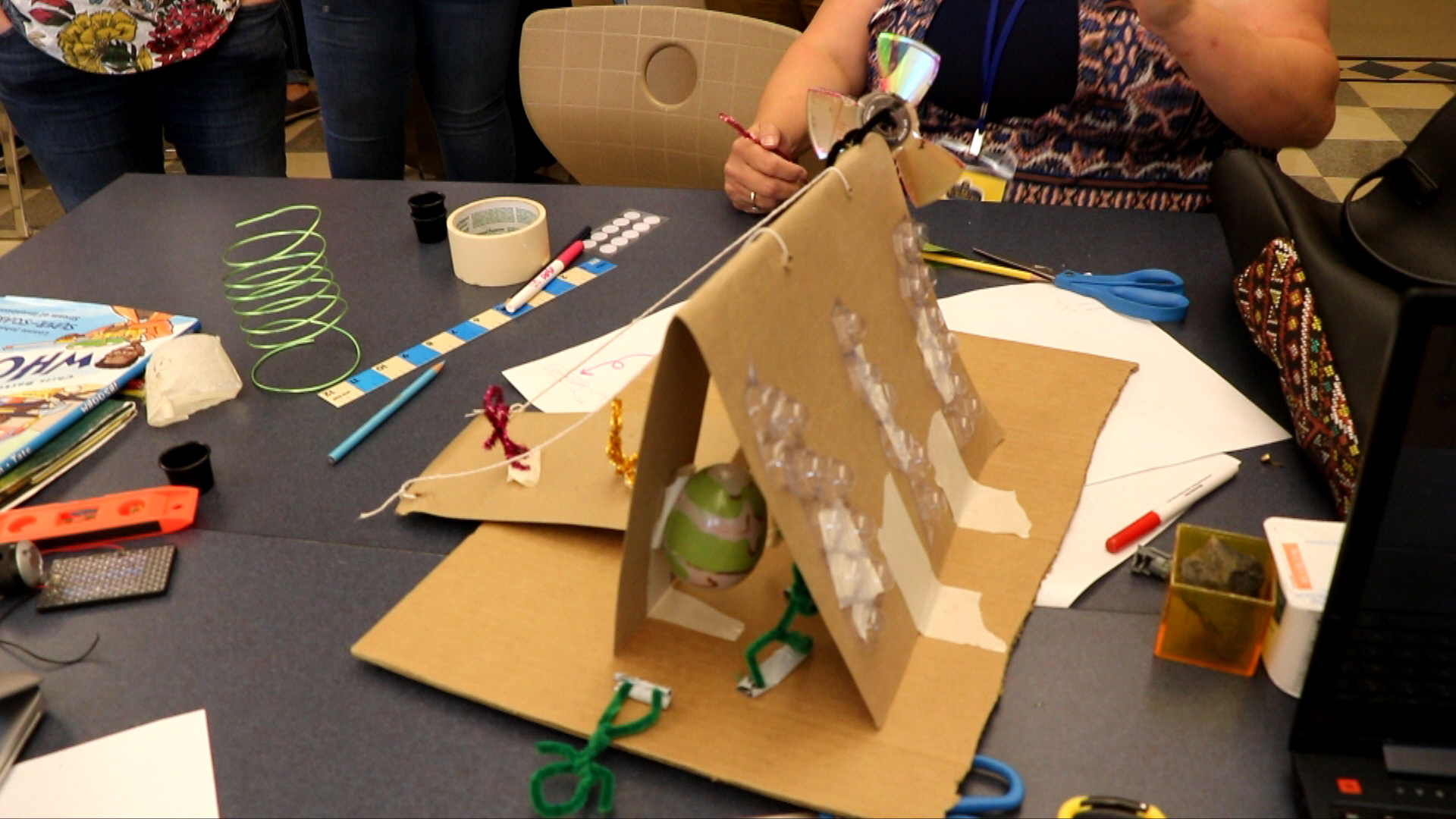Many of us have fond memories of tinkering in our garage, or around the home when we were young, taking apart toys and gadgets, and trying to put them back together again. The term tinkering relates to taking apart and rebuilding, repairing, or improving something. A tinkerer is someone who experiments with materials and ideas to fully understand how they work. As tinkerers spend hours taking apart gadgets and trying to figure out how things work they are incorporating critical thinking and problem-solving skills. Often the hours spent tinkering and iterating result in the innovation of a new gadget or finding a solution to a problem. Tinkering makes an important contribution to STEM education, it embeds engineering and learning habits of mind, as well as 21st-century skills. In the past, tinkering was considered an important skill, in this post, we will take a look to see how tinkering is an ideal pedagogy for STEM teaching and learning.
- Using a tinkering approach to teaching and learning STEM allows the flexibility of a learner to explore on their own and pursue their own interests or work collaboratively in small groups as they tinker.
- Tinkering learning experiences are inquiry-based.
- Tinkering introduces students to STEM content through real-world experiences and challenges.
- Tinkering provides opportunities for students to develop and strengthen 21st-century skills (creativity, critical thinking, communication, and collaboration).
- Tinkering provides opportunities for students to experience the engineering design process.
- Tinkering as a pedagogy provides opportunities for students to develop engineering habits of mind (improving, systems thinking, adapting, problem-finding, creative problem solving, and visualizing).
- Tinkering provides opportunities for students to develop learning habits of mind (curiosity, open-mindedness, resilience, resourcefulness, collaboration, reflection, and ethical consideration).
- Tinkering provides opportunities for students to innovate.
- Tinkering introduces students to the entrepreneurial mindset.
- Tinkering learning experiences introduce students to STEM careers.
- Tinkering can be used to develop more engaging, inclusive and equitable STEM learning experiences especially for students facing educational, social, cultural or economic disadvantages.
What’s great about incorporating tinkering to teach STEM practices and content is that it’s affordable, and possibly zero cost if you are using recyclable materials, upcycling, or getting donations of broken or obsolete household gadgets or toys.
So what does a tinkering learning experience look like? Tinkering can be undertaken by an individual learner or working in small groups. Students can be given access to a wide array of loose materials to tinker with such as building materials, wire, craft sticks, blocks, straws, recyclable materials, scrap wood, tape, batteries, LED bulbs, nuts, and bolts, etc. Students should be free to explore the materials, tinker, experiment, and create as they choose. Students will be encouraged to ask questions and seek answers as they tinker. Teachers can also give students engineering design challenges to undertake such as design and build simple automata (moving contraptions) with the tinkering materials, build structures, and new gadgets, etc.
One of my favorite ways to incorporate tinkering to teach STEM practices and content is by having students analyze and deconstruct broken or obsolete household gadgets and toys. Students are asked to analyze the gadget to include the materials the gadget is made up of, how do they think it works, what might be broken, what components do they think they will find inside after taking it apart, etc. Students will be introduced to mechanical, electrical, and materials science engineering, entrepreneurship skills in this process. Students can be asked to sort, organize, label all the gadget components, and draw schematics. Components can be secured using tape or other material to a piece of poster board or cardboard. Another extension to analyzing and deconstructing gadgets is to ask students to try and fix the broken gadgets or create new gadgets or art from the components. If you want to start off slowly with incorporating tinkering set aside a tinkering table in your classroom where students have the opportunity to deconstruct a gadget after completing assignments, etc. There is also an abundance of K-12 STEM books with tinkering and engineering themes that can be incorporated within tinkering areas and learning experiences. Some of my favorite tinkering and engineering-themed books include Rosie Revere the Engineer, Ada Twist Scientist, Made by Maxine, Galimato, The Most Magnificient Thing, The Junkyard Wonders, Dumpster Diver, and so many more. Be sure, and have your students wear safety goggles during the entire process.
Here’s a few articles below to support tinkering as a pedagogy for STEM learning.
Tinkering in STEM Education (Exploratorium)
STEM: Why We Should Do More Tinkering
I hope that this piece has inspired you as an educator to consider incorporating tinkering as a pedagogy to teach STEM practices and content, and more importantly, I hope that you are inspired to tinker yourself!
For tinkering inspiration, check out the photos below from tinkering programs I have conducted with students and teachers throughout the years, as well as photos from other sources.
